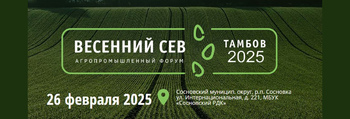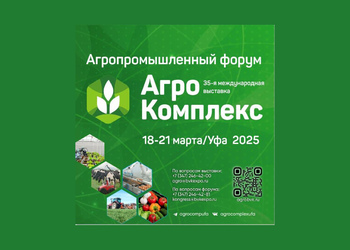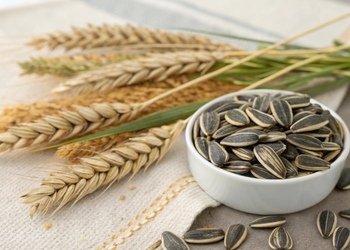https://doi.org/10.25802/SB.2023.81.48.004
УДК: 631.5:631.8:632:633.1
С.И. Тютюнов, член-корреспондент РАН, доктор сельскохозяйственных наук
П.И. Солнцев, кандидат сельскохозяйственных наук
Ю.В. Хорошилова, кандидат биологических наук
М.В. Емец, Ж.Ю. Горохова, С.С. Веретенникова
ФГБНУ «Белгородский федеральный аграрный научный центр
Российской академии наук»
e-mail: laboratoria.zashiti@yandex.ru
Аннотация. Исследования проводили в 2020–2021 гг. в стационарном полевом опыте лаборатории защиты растений ФГБНУ «Белгородский ФАНЦ РАН». Использование средств защиты растений (второй и третий уровни) обеспечивало высокое фитосанитарное состояние посевов ячменя за счет снижения засоренности. Эффективность действия гербицида составляла 85,5–95,4 %. Применяемые удобрения способствовали значительному росту урожайности – прибавка достигала 2,4 т/га, или 154 %. СЗР (второй и третий уровни) обеспечивали достоверную прибавку урожайности во всех вариантах опыта – 0,26–0,70 т/га. Наибольшее увеличение урожайности отмечалось при комплексном применении удобрений и СЗР: прибавка достигала 3,1 т/га (199 %). Окупаемость 1 кг NPK минеральных удобрений получаемой прибавкой урожая возрастала при совместном использовании удобрений и СЗР до 9,0–14,7 кг. Содержание NPK в зерне ячменя увеличивалось при применении удобрений и не зависело от уровней защиты растений.
Ключевые слова: удобрения, уровни защиты растений, комплексное применение, яровой ячмень, урожайность, содержание NPK в зерне.
Comprehensive assessment of the use of fertilizers and plant protection means in the growing pf spring barley in the South-West of the Central Black-Earth region
S.I. Tyutyunov, P.I. Solntsev, Yu.V. Khoroshilova, M.V. Yemets, J.Yu. Gorokhova, S.S. Veretennikova
Summary. The studies were carried out in 2020–2021. in a stationary field experiment of the plant protection laboratory of the Belgorod Federal Research Center of the Russian Academy of Sciences. The use of plant protection products (second and third levels) ensured a high phytosanitary condition of barley crops by reducing weed infestation. The effectiveness of the herbicide was 85.5–95.4 %. The applied fertilizers contributed to a significant increase in the yield, the resulting increase reached 2.4 t/ha, or 154 %. Plant protection products (second and third levels) provided a significant increase in yield in all variants of the experiment – 0.26–0.70 t/ha. The greatest increase in the yield was noted with the complex use of fertilizers and plant protection products: the increase reached 3.1 t/ha (199 %). The payback of 1 kg of NPK mineral fertilizers by the resulting increase in yield increased with the complex use of fertilizers and plant protection products up to 9.0–14.7 kg. The content of NPK in barley grain increased with the application of fertilizers and did not depend on the applied levels of plant protection.
Key words: fertilizers, plant protection levels, complex application, spring barley, yield, NPK content in grain.

- Ключевые направления развития производства зернобобовых культур в России
- Внешние вызовы и риски российского зернового рынка
- Засоренность посевов кукурузы в северной зоне Краснодарского края
- Продуктивность материнских форм раннеспелых гибридов кукурузы в зависимости от густоты стояния и схем размещения
- Влияние удобренности на продуктивность отечественных гибридов сахарной свеклы при различных условиях увлажнения в ЦЧР



